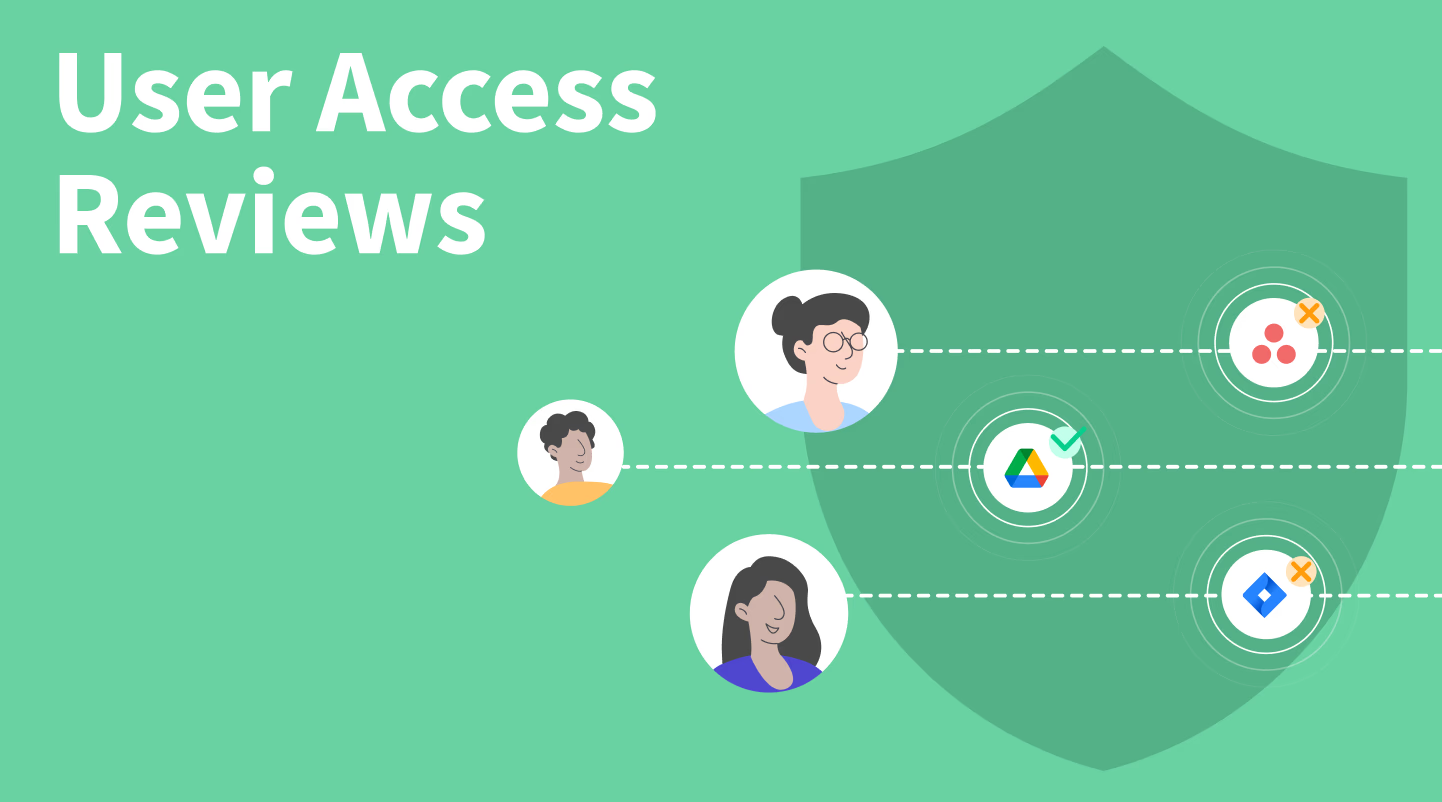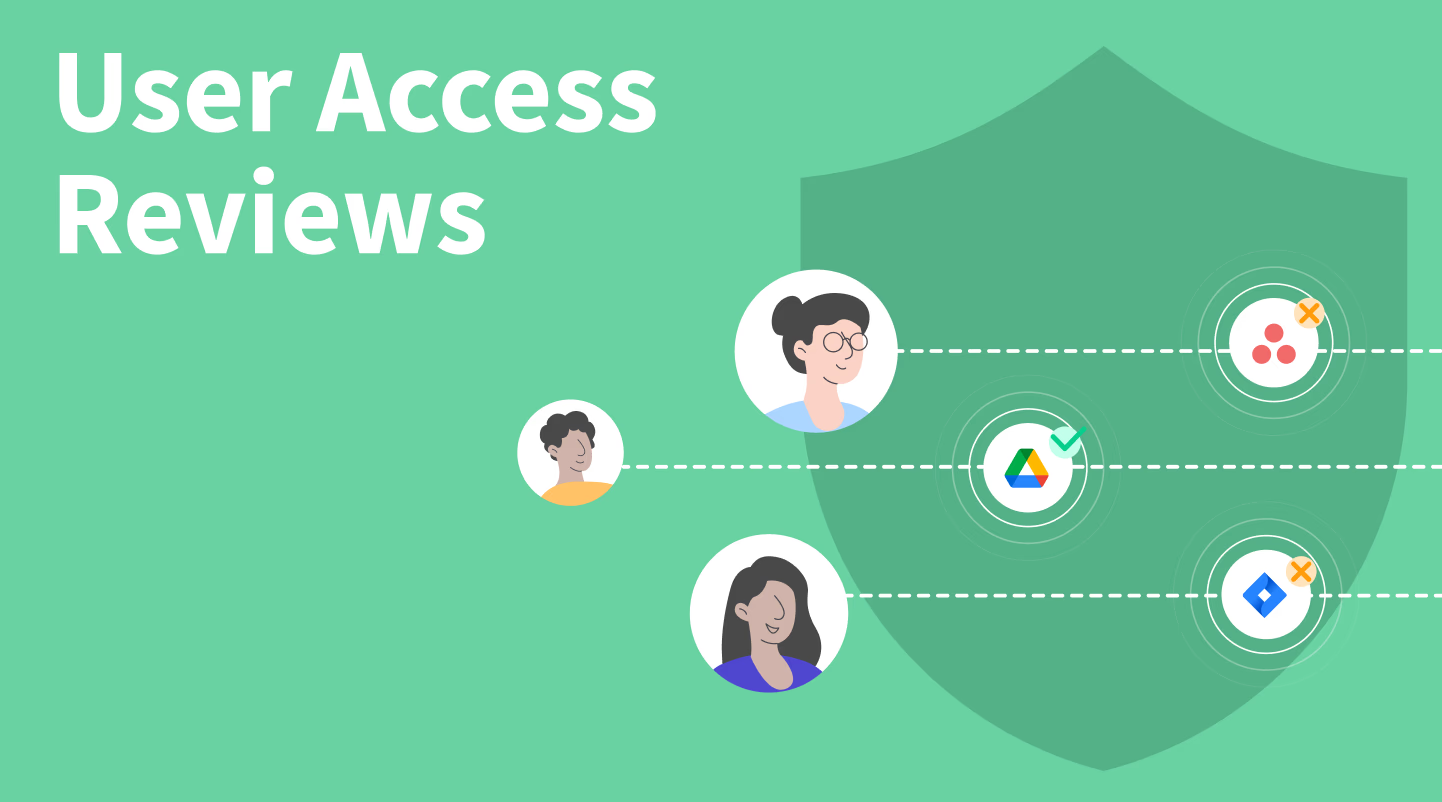What Are the Best Practices for Conducting a User Access Review?

In today’s rapidly evolving digital landscape, ensuring that the right individuals have the right level of access to your organization’s critical systems is more important than ever. Identity governance and administration (IGA) has become a cornerstone for companies aiming to strengthen security, maintain compliance, and reduce operational risk. One of the most crucial components of IGA is the user access review, a process that evaluates who has access to what systems and whether those permissions are appropriate.
A well-executed user access review helps organizations prevent unauthorized access, minimize insider threats, and meet regulatory compliance standards. In this article, we explore the best practices for conducting effective user access reviews and how organizations can integrate them into their broader identity governance strategy.
What Is Identity Governance and Administration?
Identity governance and administration refers to a set of processes, policies, and technologies designed to manage digital identities and their access to enterprise resources. It ensures that employees, contractors, and third-party users have appropriate access to applications, data, and systems. Key functions of IGA include:
-
User provisioning and deprovisioning: Automatically granting or removing access based on role or employment status.
-
Access certification and review: Regularly checking user permissions to verify that access is appropriate.
-
Policy enforcement: Implementing rules and controls to prevent unauthorized or excessive access.
-
Audit and compliance reporting: Maintaining records to demonstrate adherence to regulations like GDPR, SOX, or HIPAA.
Through these practices, IGA helps organizations reduce security risks while maintaining operational efficiency.
Understanding User Access Review
A user access review is a systematic evaluation of who has access to what within your IT environment. This review ensures that employees, contractors, and external partners have the appropriate permissions based on their roles and responsibilities. It is a critical step in mitigating risks associated with over-privileged accounts, orphaned accounts, or outdated permissions.
User access reviews can be conducted on a scheduled basis (e.g., quarterly, annually) or triggered by specific events, such as role changes, employee exits, or system upgrades. They help organizations:
-
Detect and remove unnecessary access rights.
-
Ensure compliance with internal policies and external regulations.
-
Reduce the risk of data breaches caused by excessive or inappropriate permissions.
-
Improve operational efficiency by keeping access permissions up to date.
Best Practices for Conducting a User Access Review
Implementing an effective user access review requires more than just checking off a list of accounts. Here are some of the best practices to consider:
1. Define Clear Policies and Roles
Start by defining who should have access to which resources and under what conditions. Establish clear role-based access controls (RBAC) that outline access permissions based on job responsibilities. Policies should include:
-
Minimum access requirements for each role.
-
Guidelines for temporary or elevated access.
-
Procedures for revoking access when it is no longer required.
Clear policies make it easier to evaluate whether users have the correct permissions during access reviews.
2. Automate Where Possible
Manual user access reviews can be time-consuming and prone to errors. Automating the process through an IGA solution can streamline tasks such as:
-
Pulling access reports from multiple systems.
-
Notifying managers or approvers of pending reviews.
-
Generating audit-ready reports for compliance purposes.
Automation helps reduce human error and ensures that reviews are conducted consistently.
3. Engage Managers and Stakeholders
Managers are often the best people to validate whether employees require certain access privileges. Engaging managers and key stakeholders in the review process ensures that access decisions are informed and accurate. Establish a structured workflow that assigns responsibilities and deadlines for approvals.
4. Prioritize High-Risk Accounts
Not all accounts carry the same level of risk. Focus your reviews on high-privilege accounts, critical systems, and sensitive data. By prioritizing high-risk areas, organizations can more effectively prevent security breaches and comply with regulatory requirements.
5. Maintain a Clear Audit Trail
A robust audit trail is essential for demonstrating compliance and accountability. Record all review actions, including approvals, revocations, and exceptions. This documentation is crucial for internal audits and external regulatory inspections.
6. Implement Continuous Monitoring
Rather than relying solely on periodic reviews, implement continuous monitoring of user access. Continuous monitoring helps detect unauthorized access in real-time and ensures that changes in roles or responsibilities are promptly reflected in access permissions.
7. Review and Update Policies Regularly
As your organization grows and evolves, access requirements may change. Periodically review and update your access policies and procedures to ensure they remain relevant. Incorporating lessons learned from previous reviews can improve efficiency and reduce risk over time.
How Securends Can Support User Access Reviews
Organizations looking to strengthen their identity governance and administration framework can benefit from solutions like Securends, which provide centralized tools for managing user identities, streamlining access reviews, and automating compliance reporting. Leveraging such platforms can help ensure that access reviews are thorough, consistent, and aligned with organizational policies.
Conclusion
Conducting effective user access reviews is a critical part of maintaining a secure and compliant IT environment. By following best practices—such as defining clear policies, automating processes, engaging managers, prioritizing high-risk accounts, and maintaining audit trails—organizations can reduce security risks and enhance operational efficiency.
In an era where data breaches and insider threats are increasingly common, incorporating robust identity governance and administration practices, including regular user access reviews, is no longer optional—it’s essential. Organizations that implement these practices proactively are better positioned to protect sensitive data, maintain compliance, and build trust with stakeholders.





